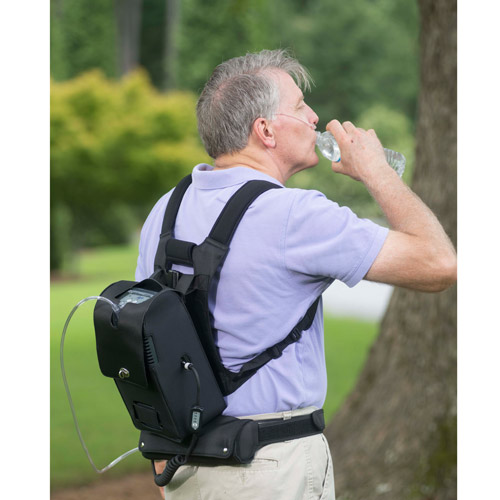
For individuals with chronic respiratory conditions, homecare equipment can make a significant difference in their quality of life. Whether it's a nebulizer, a CPAP machine, or an oxygen concentrator, these devices help patients manage their symptoms.
They maintain their health from the comfort of their own homes. However, to ensure that these devices remain effective and safe to use, regular maintenance is crucial.
In this article, we'll provide a guide to maintaining respiratory medical equipment for home care.
The first and most important step in maintaining respiratory equipment is regular cleaning and disinfection. Respiratory devices are used to deliver air directly into the patient's airways, which means they can easily collect bacteria, viruses, and other harmful pathogens.
Additionally, dust and other particles can accumulate inside the device over time, reducing its effectiveness. Therefore, it is essential to clean and disinfect your respiratory equipment regularly.
Different devices require different cleaning procedures.
For example, nebulizers should be washed with warm soapy water after each use and disinfected using a solution of vinegar and water at least once a week.
CPAP machines should be disinfected daily using a CPAP mask and hose cleaning solution, and the filters should be replaced monthly. Oxygen concentrators require less frequent cleaning, but the filters should be checked and cleaned regularly.
It's important to follow the manufacturer's instructions for cleaning and disinfecting your device. Using the wrong cleaning products or methods could damage the device, and not disinfecting it properly could put you at risk of infection.
If you're not sure how to clean your respiratory device, contact your healthcare provider or the manufacturer for guidance.
In addition to cleaning and disinfecting, respiratory devices also require regular maintenance to ensure they're functioning properly. This can involve checking the device's components, replacing worn-out parts, and calibrating the machine as necessary.
For nebulizers, it's important to replace the tubing, nebulizer cup, and mask every six months or as recommended by the manufacturer.
CPAP machines require more frequent maintenance, including replacing the mask and hose every three months, and the humidifier chamber every six months.
Oxygen concentrators require less frequent maintenance, but the filters should be checked and replaced regularly.
It's important to keep track of the recommended maintenance schedule for your device and follow it closely. Skipping maintenance or delaying the replacement of worn-out parts could lead to reduced effectiveness or even device failure, which could put you at risk.
When your respiratory device is not in use, it's important to store it properly to prevent damage or contamination. Most devices come with a carrying case or bag for easy transport, which should be kept clean and free of dust.
Avoid storing the device in humid or damp areas, as this can promote the growth of bacteria and other harmful pathogens.
If you need to transport your device, take care to pack it securely to prevent damage. Avoid placing heavy items on top of the device or exposing it to extreme temperatures, as this could affect its performance.
Even with regular maintenance, respiratory devices can sometimes experience issues that require troubleshooting. Common problems include air leaks, poor airflow, and power outages.
If you encounter a problem with your device, refer to the manufacturer's guide. You can contact your healthcare provider for assistance as well.
It's important to address problems with your respiratory device as soon as possible to prevent further damage or reduced effectiveness. Delaying repairs could also put you at risk of respiratory complications.
Regular maintenance of respiratory medical equipment for home care is critical for patient safety and comfort.
Patients and their caregivers should always follow manufacturer instructions for cleaning and maintenance. They should consult with their healthcare provider if any issues or concerns arise.
By properly maintaining their equipment, patients can continue to receive the respiratory support they need.